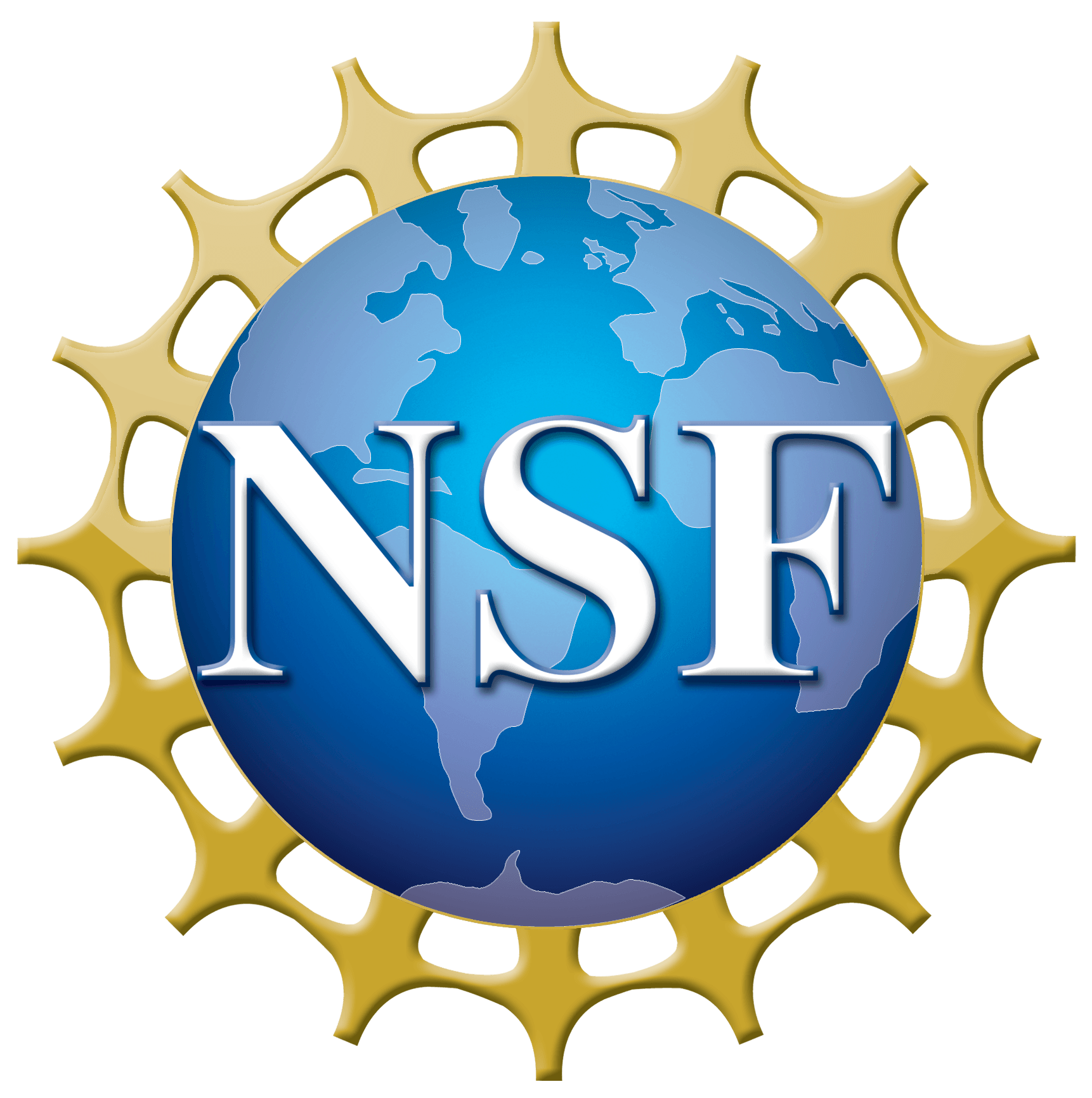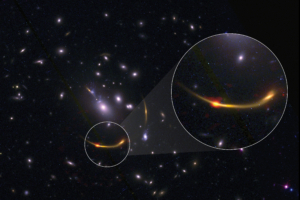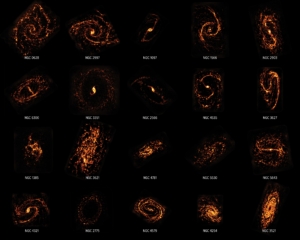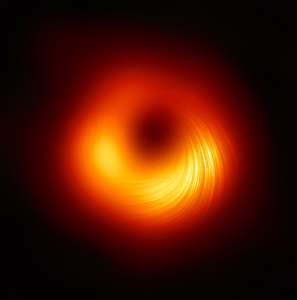Astronomers examining the nearby Universe with the help of the Atacama Large Millimeter/submillimeter Array (ALMA) have just completed the largest high-resolution survey of star-forming fuel ever conducted in galaxy clusters. But more importantly, they’re tackling a long-standing mystery in astrophysics: what’s killing galaxies?
ALMA Scientists Uncover the Mystery of Early Massive Galaxies Running on Empty
Early massive galaxies—those that formed in the three billion years following the Big Bang—should have contained large amounts of cold hydrogen gas, the fuel required to make stars. But scientists observing the early Universe with the Atacama Large Millimeter/submillimeter Array (ALMA) and the Hubble Space Telescope have spotted something strange: half a dozen early massive galaxies that ran out of fuel.
Scientists Observe Gas Re-accretion in Dying Galaxies for the First Time
A new study from scientists using the Atacama Large Millimeter/submillimeter Array (ALMA) suggests that previously displaced gases can re-accrete onto galaxies, potentially slowing down the process of galaxy death caused by ram pressure stripping, and creating unique structures more resistant to its effects.
Cosmic Cartographers Map Nearby Universe Revealing the Diversity of Star-Forming Galaxies
A team of astronomers using the Atacama Large Millimeter/submillimeter Array (ALMA) has completed the first census of molecular clouds in the nearby Universe. The study produced the first images of nearby galaxies with the same sharpness and quality as optical imaging and revealed that stellar nurseries do not all look and act the same. In fact, they’re as diverse as the people, homes, neighborhoods, and regions that make up our own world.
New Images Reveal Magnetic Structures Near Supermassive Black Hole
The Event Horizon Telescope (EHT) — the worldwide collaboration that produced the first image of a black hole in 2019 — has produced a new image showing details of the magnetic fields in the region closest to the supermassive black hole at the core of the galaxy M87. The new work is providing astronomers with important clues about how powerful jets of material can be produced in that region.
IMAGE RELEASE: Cosmic Lens Reveals Faint Radio Galaxy
Astronomers using the VLA took advantage of the gravitational lensing provided by a distant cluster of galaxies to detect an even more-distant galaxy that probably is the faintest radio-emitting object ever found.











